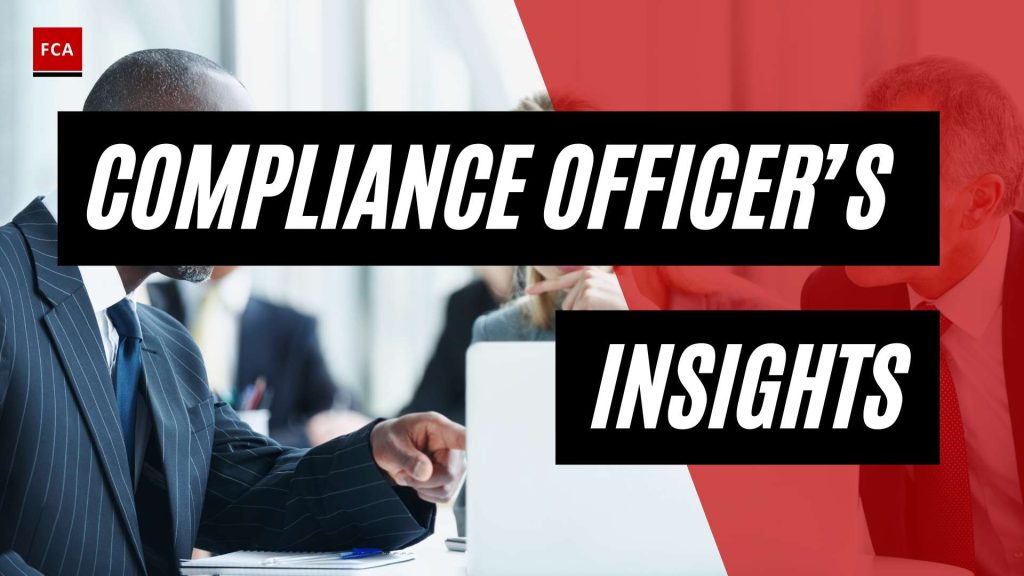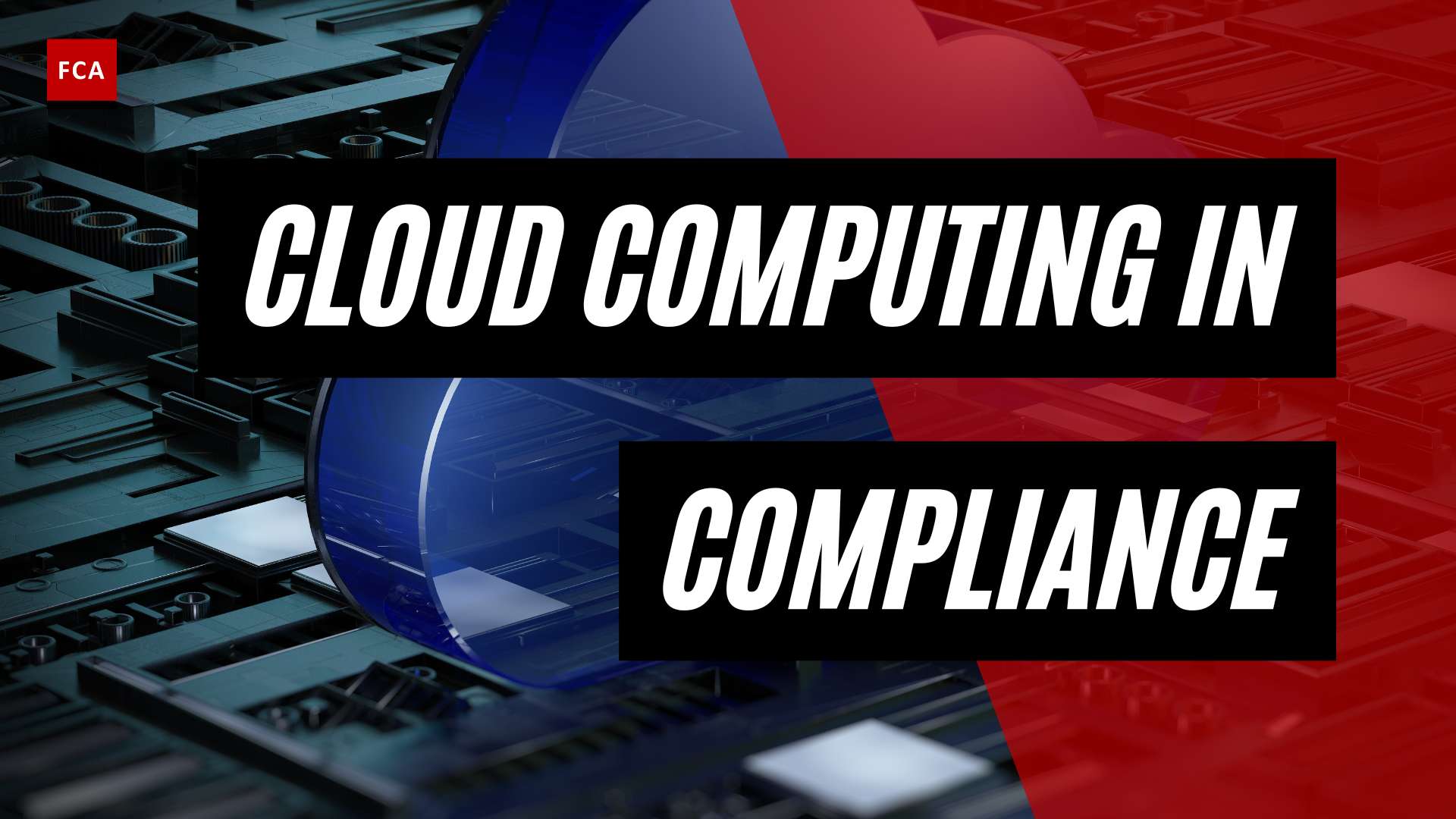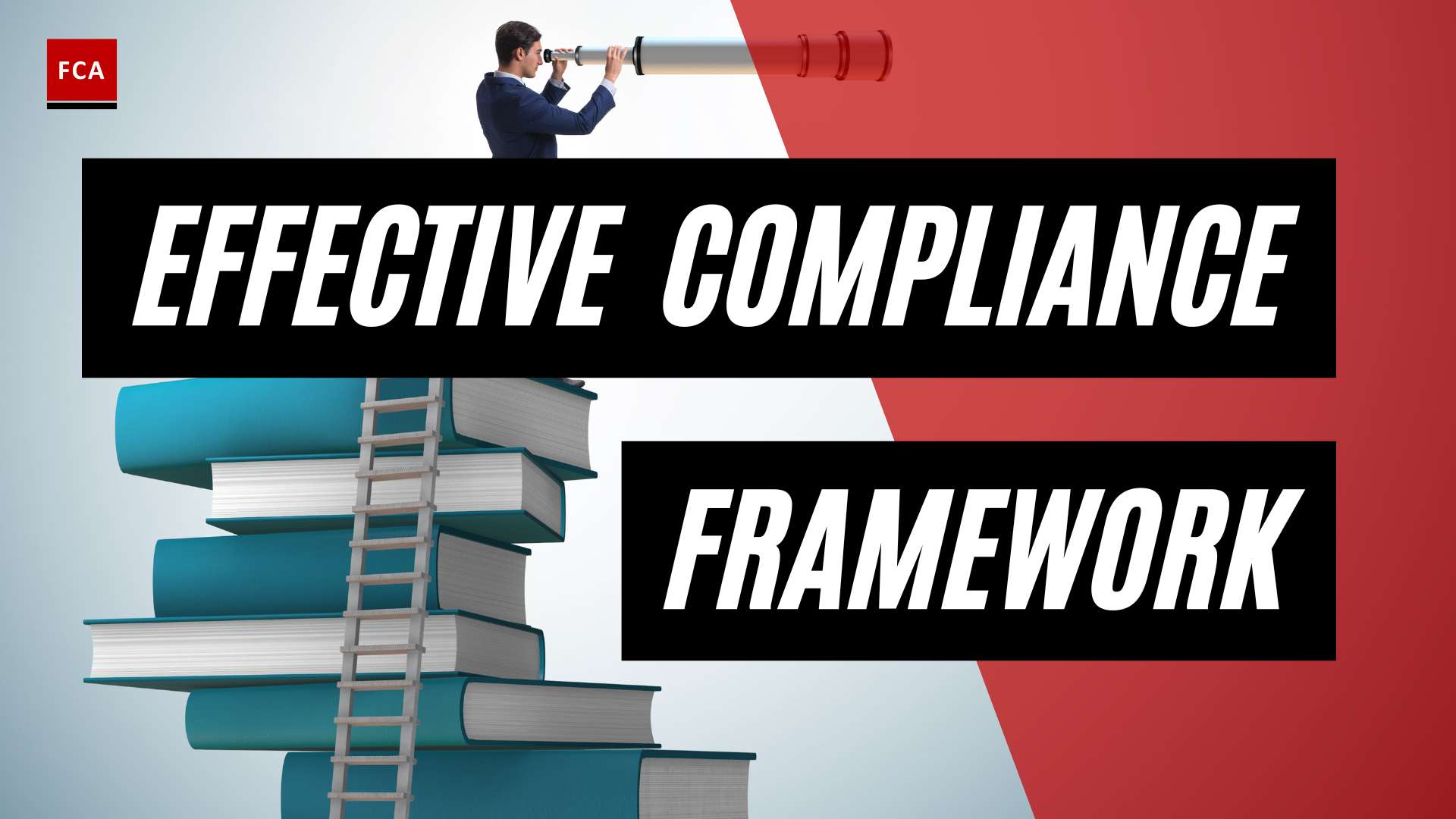Understanding the Role of AML Compliance Officer
An AML compliance officer is a crucial figure in the battle against financial crimes. This individual plays a key role in safeguarding not only their organization but also the broader financial system from the threats of money laundering.
Key Responsibilities
The AML compliance officer holds the responsibility for overseeing the creation, implementation, and ongoing oversight of their institution’s anti-money laundering compliance program (Sanction Scanner). They work diligently to ensure that their company strictly follows AML guidelines and takes necessary precautions to combat financial crime, often utilizing AML software solutions to support their processes.
Their role also encompasses monitoring and screening vast amounts of data to prevent financial crimes, a task particularly vital within financial institutions and financial services (Sanction Scanner). Furthermore, they are tasked with developing, implementing, and enforcing AML policies and procedures to mitigate risks associated with financial crimes.
AML compliance officers also play a pivotal role in establishing strong internal controls, conducting regular audits, and collaborating with law enforcement agencies and regulatory bodies to strengthen the overall AML compliance program (KYC Hub).
Required Expertise and Skills
The role of an AML compliance officer requires a deep understanding of AML regulations and the ability to interpret complex requirements and apply them effectively within the organization’s risk management and compliance practices. This understanding is critical for the development of an effective AML compliance framework that aligns with regulatory expectations and the organization’s risk appetite.
Continuous training and education are essential for AML officers to enhance their skills and knowledge in detecting and preventing financial crimes effectively. This includes participation in AML compliance training programs to stay abreast of changes in the regulatory landscape and advancements in compliance technology.
Beyond their technical expertise, AML compliance officers must also possess strong communication skills, as their role often involves interacting with various stakeholders, including regulatory bodies, law enforcement agencies, internal teams, and senior management.
It is through this combination of knowledge, skills, and responsibilities that AML compliance officers contribute significantly to their organizations’ efforts to combat money laundering and other forms of financial crime. Their role is a testament to the importance of robust compliance practices in maintaining the integrity of the global financial system.
Challenges in AML Compliance
In the ever-evolving field of anti-money laundering (AML), compliance officers face numerous challenges. These range from resource constraints and high demand to managing cross-border standards and the integration of complex processes. Understanding these challenges can help an AML compliance officer devise effective strategies and enhance the overall efficiency of the AML compliance program.
Resource Constraints and High Demand
Financial institutions, particularly smaller and medium-sized companies, often struggle with a lack of compliance officers, teams, and resources to provide outsourcing solutions (Sanction Scanner). Coupled with this is the high demand for competent AML professionals, which can lead to challenges in finding qualified candidates. Expensive onboarding costs and the need for ongoing AML compliance training due to high turnover rates further exacerbate these challenges.
Strategies such as proactive approaches to AML compliance, robust data management strategies, and leveraging AML compliance software can help mitigate these challenges and enhance the effectiveness of the AML compliance framework.
Managing Cross-Border Standards
Managing cross-border and multi-jurisdictional AML compliance standards poses a significant challenge for banks and financial institutions. This involves navigating and complying with various AML regulations across different jurisdictions. Given the global nature of financial transactions, understanding and adhering to these different AML compliance regulations is a critical aspect of the role of an AML compliance officer.
Centralized compliance functions and advanced analytics tools can aid in managing these cross-border standards, ensuring that all AML compliance requirements are met across different jurisdictions.
Integration of Complex Processes
AML compliance necessitates the integration of complex processes and technology solutions. This includes integrating Know Your Customer (KYC) data and systems, which can be time-consuming and challenging due to data stored in different formats and systems within organizations (Sanction Scanner).
The use of AML compliance software can help simplify this process, ensuring all relevant data is easily accessible and can be analyzed effectively. By integrating these systems, compliance officers can streamline their processes, reduce the chance of errors, and enhance the overall effectiveness of their AML compliance policy and AML compliance controls.
Facing and overcoming these challenges is a crucial part of the role of an AML compliance officer. By understanding these challenges and implementing effective strategies, organizations can enhance their AML compliance efforts, ensuring they meet all regulatory requirements and safeguard against financial crime.
Importance of AML Certification
In the ever-evolving landscape of anti-money laundering (AML) compliance, obtaining an AML certification has become increasingly important. These certifications equip an aspiring or current AML compliance officer with the necessary knowledge and skills to interpret complex requirements and apply them effectively in the organization’s risk management and compliance practices (KYC Hub).
Certified Anti-Money Laundering Specialist (CAMS)
One of the most recognized AML certifications is the Certified Anti-Money Laundering Specialist (CAMS). This certification is highly valued in the field and demonstrates a high level of commitment to professional growth and compliance excellence. By obtaining the CAMS certification, an AML compliance officer affirms their deep understanding of AML regulations, and their ability to develop, implement, and enforce AML policies and procedures to mitigate risks associated with financial crimes (Indeed).
Furthermore, AML compliance officers with a CAMS certification are expected to establish strong internal controls, conduct regular audits, and collaborate with law enforcement agencies and regulatory bodies to strengthen the overall AML compliance program. By fostering a culture of compliance and accountability within the organization, these officers can proactively prevent financial crimes and protect the institution’s reputation and integrity.
Impact on Job Prospects and Salary
Holding an AML certification like CAMS not only enhances professional credibility but also significantly impacts job prospects and earning potential. As the demand for knowledgeable and skilled AML compliance officers continues to rise, those with recognized certifications are more likely to stand out in the competitive job market.
Moreover, the certification can also lead to increased earning potential. While salaries vary depending on the industry, location, and level of experience, AML compliance officers with a CAMS certification generally earn more than their non-certified counterparts. This is often a reflection of the value that employers place on formal training and certification, recognizing the specialized knowledge and skills that certified professionals bring to their roles.
Obtaining an AML certification is a significant step towards becoming an effective AML compliance officer. It not only provides a solid foundation of knowledge and skills but also signals a commitment to maintaining the highest standards of compliance and ethics in the fight against financial crimes. As such, it is an important consideration for anyone aspiring to advance in the field of AML compliance.
Impact of Technology on AML Compliance
The rise of technology has undeniably influenced Anti-Money Laundering (AML) efforts. It has shifted the landscape, introducing tools that aid in the detection and prevention of financial crimes, yet also presenting newer challenges that AML compliance officers must navigate.
Role of Fintech in AML Compliance
The emergence of financial technologies (fintech) has transformed the financial sector, offering modern solutions that enhance efficiency and customer experience. Nevertheless, these advancements also pose new challenges for AML compliance officers, as criminals increasingly exploit these technologies to launder money and evade detection. Therefore, it has become imperative for AML compliance officers to adapt their strategies and tools to effectively combat these emerging threats in the digital age.
Technological advancements have had a significant impact on the AML compliance program, particularly in areas such as transaction monitoring, customer due diligence, and risk assessment. The use of fintech enables AML compliance officers to automate these processes, enhancing efficiency and accuracy.
However, with the proliferation of digital payment systems, cryptocurrencies, and other fintech innovations, the risk of money laundering and other financial crimes has also increased. As such, AML compliance officers must continually update their knowledge and skills to stay ahead of these evolving threats.
Utilization of AML Software Solutions
To keep pace with these changes, many organizations are turning to AML software solutions. These tools employ advanced technologies like artificial intelligence and machine learning to detect suspicious transactions, conduct customer due diligence, and assess risks more effectively.
The use of AML compliance software can greatly enhance an organization’s ability to prevent and detect financial crimes. These tools can automate various compliance tasks, reduce manual errors, and provide more accurate and timely reports. Moreover, they can help organizations comply with complex regulations and standards, such as the Bank Secrecy Act (BSA) and the Patriot Act.
However, it’s important to note that AML software solutions are not a one-size-fits-all solution. Each organization has unique needs and risks, and the most effective AML software will be the one that can be tailored to meet these specific requirements.
In conclusion, technology has both facilitated and complicated AML compliance. It is a powerful tool that, when used correctly, can significantly enhance an organization’s AML efforts. However, it also presents new challenges that require constant vigilance and adaptation. As such, the role of the AML compliance officer is more critical than ever in this digital age.
Guidelines and Regulations in AML Compliance
A thorough understanding of the guidelines and regulations governing Anti-Money Laundering (AML) is crucial for any AML compliance officer. These regulations ensure a standardized approach to prevent and detect money laundering and terrorist financing activities. Among the many guidelines that govern AML compliance, two noteworthy ones are the Fourth EU Directive on Money Laundering and the European Banking Authority Guidelines which we will further discuss below.
The Fourth EU Directive on Money Laundering
The Fourth EU Directive on money laundering, also known as 4AMLD, is a key regulation that has a significant impact on AML compliance activities. This directive mandates that credit or financial institutions appoint an AML/CFT compliance officer at a management level. It also requires a management body to be responsible for the implementation of AML laws, regulations, and administrative provisions for compliance as stipulated by the directive (VinciWorks).
4AMLD outlines the responsibilities of an AML compliance officer, emphasizing the importance of this role in implementing and maintaining an effective AML compliance program. This directive serves as a foundational guidance for establishing an AML compliance policy and developing robust AML compliance controls which are essential elements of a comprehensive AML compliance framework.
European Banking Authority Guidelines
In addition to the 4AMLD, the European Banking Authority (EBA) provides crucial guidelines that shape the responsibilities of an AML compliance officer. In June 2022, the EBA published a final report outlining clear expectations regarding the role, tasks, and responsibilities of the AML compliance officer and management in the context of combating financial crime and ensuring AML compliance (VinciWorks).
These guidelines serve as a valuable resource for AML compliance officers, emphasizing the importance of continuous AML compliance training and the utilization of AML compliance software to streamline compliance activities.
By adhering to these guidelines and regulations, an AML compliance officer can effectively manage AML compliance requirements and contribute to the broader efforts of preventing financial crime. For a comprehensive understanding of these regulations, refer to our detailed AML compliance regulations page. For a quick reference guide, check out our AML compliance checklist.
Strategies for Effective AML Compliance
Successfully managing anti-money laundering (AML) compliance requires strategic planning and efficient implementation. AML compliance officers play a crucial role in this process, developing and enforcing strategies to ensure their organizations meet all regulatory requirements. In this section, we will explore two key strategies: a proactive approach with robust data management and centralized compliance functions with technology strategies.
Proactive Approach and Robust Data Management
A proactive approach to AML compliance is essential for detecting and preventing financial crimes effectively. AML compliance officers must establish strong internal controls, conduct regular audits, and collaborate with law enforcement agencies and regulatory bodies to strengthen the overall AML compliance program.
Robust data management is a critical part of this proactive approach. By leveraging advanced analytics tools, organizations can better identify suspicious activities and respond swiftly. AML compliance officers must possess a deep understanding of AML regulations and the necessary skills to interpret complex requirements and apply them effectively in their organization’s risk management and compliance practices.
Moreover, fostering a culture of compliance and accountability within the organization can further strengthen these efforts. This involves continuous AML compliance training and education for employees to enhance their skills and knowledge in detecting financial crimes.
Centralized Compliance Functions and Technology Strategies
Centralizing compliance functions can improve efficiency and ensure consistent application of AML policies and procedures. This involves creating a unified framework for all AML-related functions, including policy development, risk assessment, transaction monitoring, and reporting.
Complementing centralized compliance functions with technology strategies can greatly enhance AML efforts. By utilizing AML compliance software, institutions can automate many compliance tasks, reducing errors and freeing up valuable resources. These solutions can also provide valuable analytics and reporting capabilities to support decision-making and demonstrate compliance to regulators.
AML compliance officers are tasked with ensuring the organization does not aid money laundering or become susceptible to criminal risks. Implementing a company-wide AML compliance policy, focusing on internal systems to detect and prevent money laundering activities, and reporting these activities to authorities are all essential tasks in this role.
By leveraging these strategies, AML compliance officers can effectively navigate the complex landscape of AML regulations and create a robust AML compliance framework to protect their organization’s reputation and integrity.
The Future of AML Compliance
The landscape of anti-money laundering (AML) compliance is dynamic and ever-evolving, shaped by emerging financial technologies, changing regulations, and the global fight against financial crime. The role of the AML compliance officer is crucial in this context, as they are responsible for implementing and monitoring compliance programs within financial institutions (Indeed).
Expected Growth in Demand
The demand for AML compliance officers is expected to grow as financial regulations become more stringent (Indeed). This will lead to increased job opportunities in the field. AML compliance officers play a critical role in preventing financial crimes, such as money laundering and terrorist financing, by establishing strong internal controls, conducting regular audits, and collaborating with law enforcement agencies and regulatory bodies.
As the digital landscape evolves and criminals exploit financial technologies to launder money and evade detection, AML officers must adapt their strategies and tools to effectively combat these emerging threats (KYC Hub). This includes utilizing AML compliance software and staying updated with AML compliance training.
Evolving Regulatory Landscape
The regulatory landscape for AML compliance is also changing. For instance, the European Banking Authority (EBA) published guidelines on June 14th, 2022, outlining the responsibilities of the AML/CFT compliance officer of credit and financial institutions. These guidelines emphasize the need for AML solutions for banks and specify requirements and duties for the compliance officer concerning the size, complexity, and operational susceptibility to criminal risk of financial operations.
Additionally, the Fourth EU Directive on money laundering (4AMLD) mandates that credit or financial institutions appoint an AML/CFT compliance officer at a management level. This individual is responsible for ensuring compliance with AML laws, regulations, and administrative provisions, as stipulated by the directive.
The future of AML compliance lies in the continuous adaptation and enhancement of AML compliance programs to meet the evolving regulatory landscape and combat emerging financial crime threats. This requires AML compliance officers to stay abreast of changes in AML compliance regulations and adapt their AML compliance checklist and AML compliance policy accordingly. It also underscores the importance of having robust AML compliance controls and a solid AML compliance framework in place.








